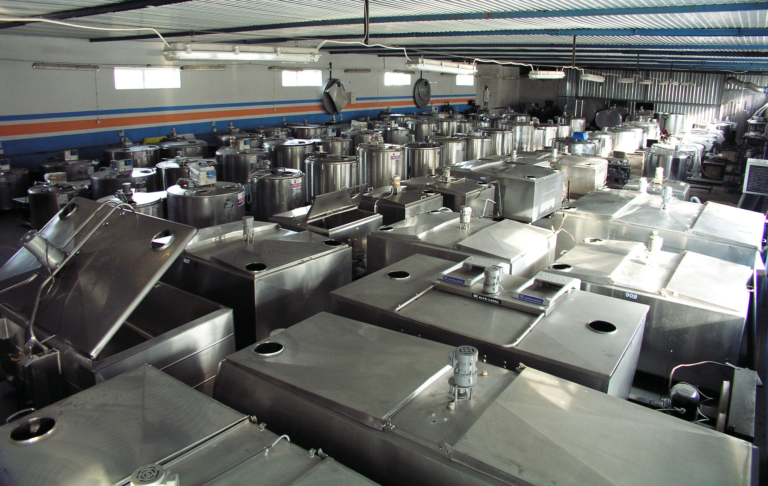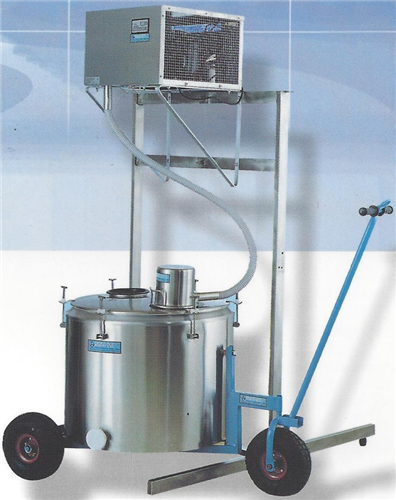Milk coolers

It has been known for a long time that the quality of milk is influenced by many factors. One of the most important is the cooling and storage process. Coolers play an important role in this process, as they are distinguished by a wide range of solutions and technical equipment. This diversity of choice allows you to precisely adjust the device to the specifics of milk production on a given farm.
One of the important principles in the production of milk is the possibility of cooling it to a temperature of 6-8 ° C within two hours from the end of milking. The temperature of milk storage until collection is also important, and it should not exceed 4-6 ° C.
In response to the requirements of milk production, there is an opportunity to select an appropriate cooler in terms of tank capacity, functional features, and the frequency of emptying. In addition, the coolers are equipped with such modern equipment that they include the automation of selected work tasks or energy recovery.
We have a wide range of coolers on the market, e.g. from MARGO. One of them are stationary tank solutions. They are either closed or open. When it comes to an open cooler, we can distinguish cylindrical or tub solutions due to the shape. As for the second version, they are made of devices with cylindrical and elliptical tanks.
Devices with a high degree of work automation include stationary tank coolers. According to the current ISO standard, open tank coolers must be equipped with:
a low-speed agitator that does not cause choking and foaming of milk and is equipped with an automatic shutdown function when lifting the lid,
an electromechanical or electronic thermostat that controls the milk cooling process and the storage process with repeated mixing of the milk during storage,
temperature maintenance system that prevents the milk from freezing regardless of the degree of filling the tank.
In addition, it is required that the milk tank be made of acid-resistant steel,
and the thermal insulation should be made of polyurethane foam or other material protecting against heat exchange with the environment. Appropriate ecological refrigerants should be present in the chiller, and the supply system must have a system enabling connection to a single or three-phase installation.

